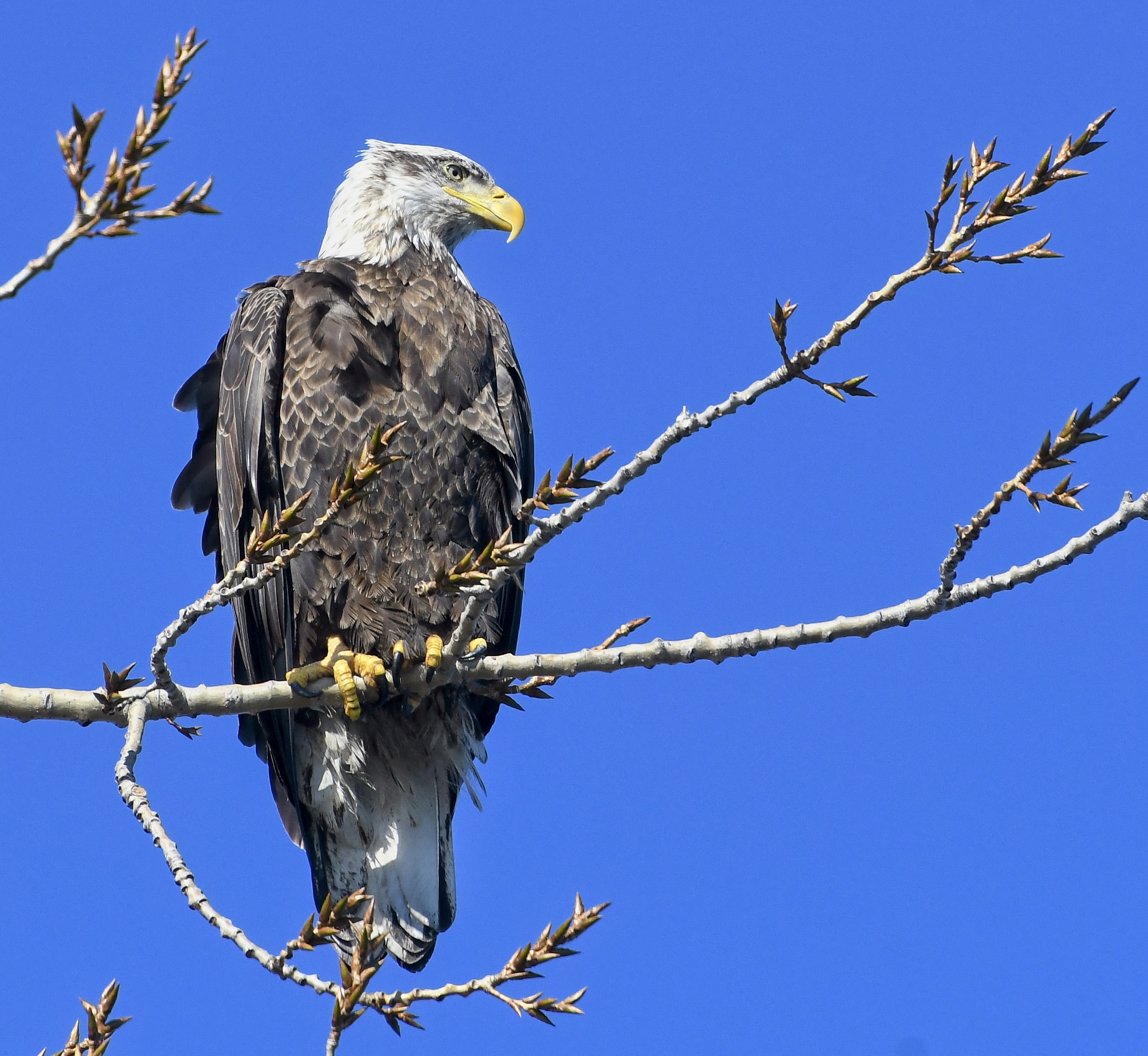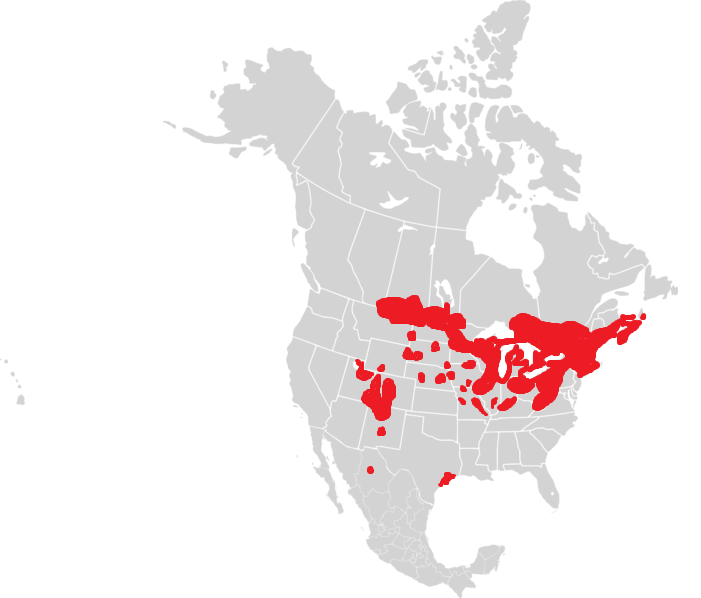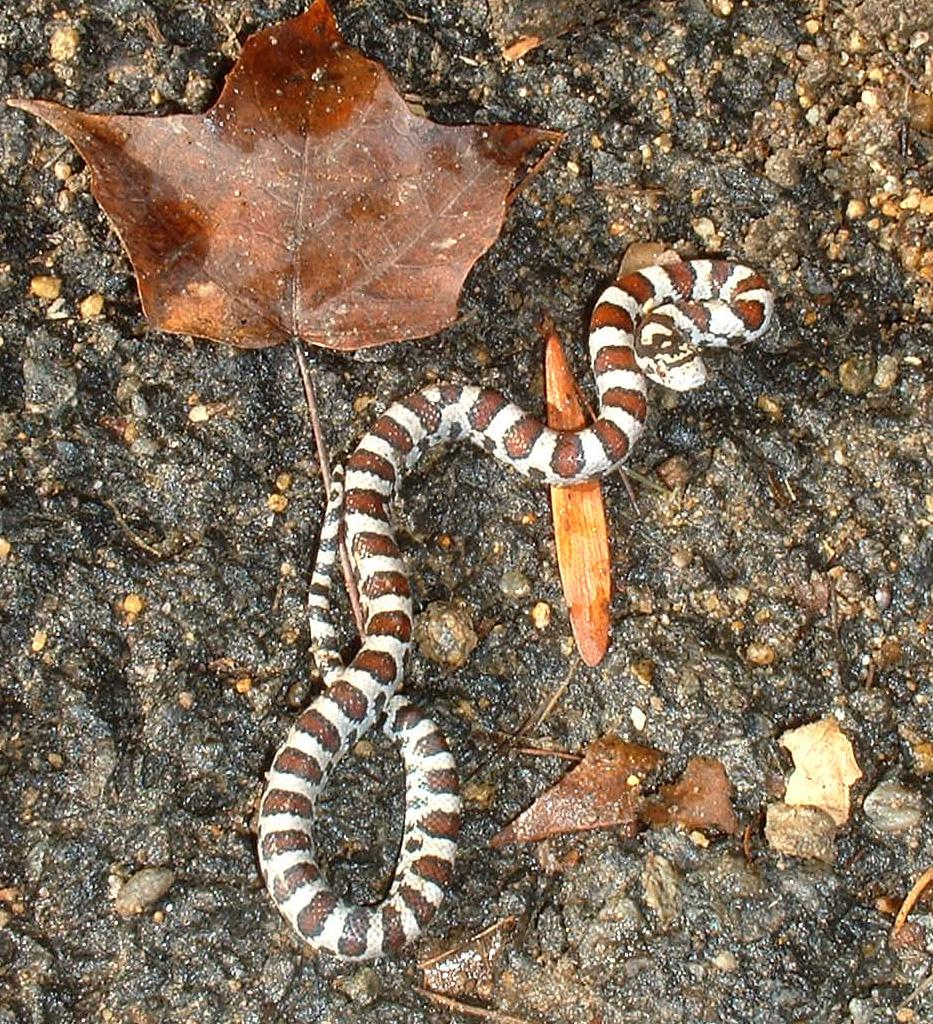|
Fauna Of Toronto
The fauna of Toronto include a variety of different species situated within the city limits. Toronto contains a mosaic of ecosystems that includes forests, rivers, streams, and wetlands, which allows it to support a large variety of fauna. Approximately 87 to 90 per cent of the city's indigenous flora and fauna inhabit the city reside within the Toronto ravine system. The city's ravine system, creeks and rivers are wildlife corridors that allow animals to travel from one area of the city to another. Although most animals in Toronto reside within the ravine system, several animals also live in the city's urban environment and parks. The City of Toronto reports there are 24 species of amphibians and reptiles, 38 species of mammals, over 410 bird species, and a large number of insect genera in the city. There are also over 100 species of fish reported within the Greater Toronto Area. Toronto was also in the historic range of several other animals, although the city's urban growth ... [...More Info...] [...Related Items...] OR: [Wikipedia] [Google] [Baidu] |
Beaver In High Park (91474)
Beavers (genus ''Castor'') are large, semiaquatic rodents of the Northern Hemisphere. There are two existing species: the North American beaver (''Castor canadensis'') and the Eurasian beaver (''C. fiber''). Beavers are the second-largest living rodents, after Hydrochoerus, capybaras, weighing up to . They have stout bodies with large heads, long chisel-like incisors, brown or gray fur, hand-like front feet, Webbed foot, webbed back feet, and tails that are flat and scaly. The two species differ in skull and tail shape and fur color. Beavers can be found in a number of Freshwater ecosystem, freshwater habitats, such as rivers, streams, lakes and ponds. They are herbivorous, consuming Bark (botany), tree bark, aquatic plants, grasses and sedges. Beavers build Beaver dam, dams and lodges using tree branches, vegetation, rocks and mud; they chew down trees for building material. Dams restrict water flow, forming ponds, and lodges (usually built in ponds) serve as shelters. Thei ... [...More Info...] [...Related Items...] OR: [Wikipedia] [Google] [Baidu] |
Reptile
Reptiles, as commonly defined, are a group of tetrapods with an ectothermic metabolism and Amniotic egg, amniotic development. Living traditional reptiles comprise four Order (biology), orders: Testudines, Crocodilia, Squamata, and Rhynchocephalia. About 12,000 living species of reptiles are listed in the Reptile Database. The study of the traditional reptile orders, customarily in combination with the study of modern amphibians, is called herpetology. Reptiles have been subject to several conflicting Taxonomy, taxonomic definitions. In Linnaean taxonomy, reptiles are gathered together under the Class (biology), class Reptilia ( ), which corresponds to common usage. Modern Cladistics, cladistic taxonomy regards that group as Paraphyly, paraphyletic, since Genetics, genetic and Paleontology, paleontological evidence has determined that birds (class Aves), as members of Dinosauria, are more closely related to living crocodilians than to other reptiles, and are thus nested among re ... [...More Info...] [...Related Items...] OR: [Wikipedia] [Google] [Baidu] |
Spring Peeper
The spring peeper (''Pseudacris crucifer'') is a small chorus frog widespread throughout the eastern United States and Canada. It prefers permanent ponds due to its advantage in avoiding predation; however, it is very adaptable with respect to the habitat it can live in. In northern regions, the frog is able to endure below freezing temperatures due to the capacity of its liver to exude and flush the bloodstream with a glucose cryoprotectant which acts both as an anti-freeze in its blood, and allows organs like the heart to enter into a state of protected dormancy. The peeper earned its name from its chirping call, which marks the beginning of spring. ''Crucifer'' is derived from the Latin root meaning "cross-bearing", a reference to the cross-like pattern on the spring peeper's dorsal side. These chirping calls are significant for communication in mating as females choose their mates based on the frequency and volume associated with them. Satellite males who do not make any cal ... [...More Info...] [...Related Items...] OR: [Wikipedia] [Google] [Baidu] |
Gray Tree Frog
The gray treefrog (''Dryophytes versicolor'') is a species of small arboreal holarctic tree frog native to much of the eastern United States and southeastern Canada. It is sometimes referred to as the eastern gray treefrog, northern gray treefrog, common gray treefrog, or tetraploid gray treefrog to distinguish it from its more southern, genetically distinct relative, Cope's gray treefrog. Description As the scientific name implies, gray treefrogs are variable in color. This ability to vary their color provides them with the ability to camouflage themselves from gray to green or brown, depending on the environment around them. ''D. versicolor'' can change from nearly black to nearly white. They change color at a slower rate than a chameleon. A unique aspect of the appearance of gray treefrogs is that its legs feature a dark band-like pattern which then contrast sharply with the black-marked bright yellow or orange under the sides of its legs and arms. Dead gray treefrogs ... [...More Info...] [...Related Items...] OR: [Wikipedia] [Google] [Baidu] |
Hylidae
Hylidae is a wide-ranging family of frogs commonly referred to as " tree frogs and their allies". However, the hylids include a diversity of frog species, many of which do not live in trees, but are terrestrial or semiaquatic. Taxonomy and systematics The earliest known fossils that can be assigned to this family are from the Cretaceous of India and the state of Wyoming in the United States. The common name of "tree frog" is a popular name for several species of the family Hylidae. However, the name "treefrog" is not unique to this family, also being used for many species in the family Rhacophoridae. The following genera are recognised in the family Hylidae: * Subfamily Hylinae ** Tribe Cophomantini *** '' Aplastodiscus'' – canebrake treefrogs *** '' Boana'' – gladiator treefrogs *** '' Bokermannohyla'' *** '' Hyloscirtus'' *** '' Myersiohyla'' *** '' Nesorohyla'' *** '' "Hyla" nicefori'' ** Tribe Dendropsophini ***'' Dendropsophus'' *** ''Xenohyla ** Tribe Hy ... [...More Info...] [...Related Items...] OR: [Wikipedia] [Google] [Baidu] |
Smooth Green Snake
The smooth green snake (''Opheodrys vernalis'') is a species of North American nonvenomous snake in the family Colubridae. The species is also referred to as the grass snake. It is a slender, "small medium" snake that measures as an adult. It gets its common name from its smooth dorsal scales, as opposed to the rough green snake, which has keeled dorsal scales. The smooth green snake is found in marshes, meadows, open woods, and along stream edges, and is native to regions of Canada, the United States, and northern Mexico. A non-aggressive snake, it seldom bites and usually flees when threatened. It mates in late spring to summer, and females lay their eggs from June to September. The smooth green snake will often bob its head in order to mimic vegetation blowing in the wind. Description The smooth green snake is slender. In size, it is classified as a "small medium" snake, reaching to in total length (including tail) as an adult. The longest smooth green snake was measured as ... [...More Info...] [...Related Items...] OR: [Wikipedia] [Google] [Baidu] |
Northern Water Snake
The common watersnake (''Nerodia sipedon'') is a species of large, nonvenomous, common snake in the family Colubridae. The species is native to North America. It is frequently mistaken for the venomous cottonmouth (''Agkistrodon piscivorus''). Common names Common names for ''N. sipedon'' include banded water snake, black water adder, black water snake, brown water snake, common water snake, common northern water snake, eastern water snake, North American water snake, northern banded water snake, northern water snake, spotted water snake, streaked snake, water pilot, and water snake. Description The common watersnake can grow up to in total length (including tail). Per one study, the average total length of females was , while that of males was . From known studies of this species in the wild, adult females can weigh between typically, while the smaller male can range from . The largest females can weigh up to while the largest males can scale . ''N. sipedon'' can be brown, gra ... [...More Info...] [...Related Items...] OR: [Wikipedia] [Google] [Baidu] |
Northern Redbelly Snake
The northern redbelly snake (''Storeria occipitomaculata occipitomaculata'') is a nonvenomous snake in the family Colubridae, a subspecies of '' Storeria occipitomaculata''. It is native to North America. Geographic range ''S. o. occipitomaculata'' is found in the central and northeastern United States and in adjacent southeastern Canada. Redbelly snakes are found throughout eastern North America west to the eastern borders of Oklahoma, Kansas, and South Dakota. In the north, the range extends farther west into eastern North Dakota and farther west still through southern Manitoba and eastern Saskatchewan. Description Adults and young of ''S. o. occipitomaculata'' have known dorsal colorations of solid olive-brown, tan-brown, chestnut-brown, grey-brown, grey or even black. They have three yellow spots posterior to the head shields, to which the specific name ''occipitomaculata'' (meaning spotted back of the head) refers. The underside is coral-red to brick-red. Coloration is usua ... [...More Info...] [...Related Items...] OR: [Wikipedia] [Google] [Baidu] |
Milksnake
The milk snake or milksnake (''Lampropeltis triangulum''), is a species of kingsnake; up to 24 subspecies are sometimes recognized. ''Lampropeltis elapsoides'', the scarlet kingsnake, was formerly classified as a 25th subspecies (''L. t. elapsoides''), but is now recognized as a distinct species. The subspecies have strikingly different appearances, and many of them have their own common names. Some authorities suggest that this species could be split into several separate species. They are not venomous to humans. Geographic range Milk snakes can be found from the southeastern extreme of Ontario, Canada, from southeastern Maine and all the states of the Eastern Seaboard, south to Florida, Alabama, Mississippi; in the midwest, from central Minnesota to Colorado, Nebraska, and the Dakotas; they are found in the foothills of the Appalachian Mountains; Georgia, Tennessee, Kentucky, Arkansas, Missouri, Kansas, Oklahoma, Texas and Louisiana. There are further subspecies found in nearly ... [...More Info...] [...Related Items...] OR: [Wikipedia] [Google] [Baidu] |
Storeria Dekayi
''Storeria'' is a genus of snakes in the subfamily Natricinae of the family Colubridae. The genus is endemic to North America and Central America. The genus consists of five species, four of which are known as brown snakes, and one of which is known as the redbelly snake. Geographic range Species in the genus ''Storeria'' are found in the eastern half of the United States and southern Canada and range south through Mexico and northern Central America. Etymology The genus is named in honor of American physician and naturalist David Humphreys Storer (1804–1891). Description As their common names imply, most snakes of the genus ''Storeria'' are a variant of brown in color. The brown can vary depending on locale, to be almost a brick red in color, to nearly black. They sometimes have a lighter-colored stripe down the center of the back, and small black blotches along the body, and just behind the head. The underside is usually lighter brown-colored, yellow, or in the case of th ... [...More Info...] [...Related Items...] OR: [Wikipedia] [Google] [Baidu] |
Colubridae
Colubridae (, commonly known as colubrids , from , 'snake') is a family of snakes. With 249 genera, it is the largest snake family. The earliest fossil species of the family date back to the Late Eocene epoch, with earlier origins suspected. Colubrid snakes are found on every continent except Antarctica. Description Colubrids are a very diverse group of snakes. They can exhibit many different body styles, body sizes, colors, and patterns. They can also live in many different types of habitats including aquatic, terrestrial, semi-arboreal, arboreal, desert, mountainous forests, semi-fossorial, and brackish waters. A primarily shy and harmless group of snakes, the vast majority of colubrids are not venomous, nor do most colubrids produce venom that is medically significant to mammals. However, the bites of some can escalate quickly to emergency situations. Furthermore, within the Colubridae, the South African boomslang and twig snakes, as well as the Asian keelback snakes (' ... [...More Info...] [...Related Items...] OR: [Wikipedia] [Google] [Baidu] |





